Introduction
Socializing your dog is like teaching them the language of the world around them. Whether you have a sprightly puppy or a more mature canine companion, socialization is crucial for their emotional well-being and behavior. Many pet parents mistakenly believe socialization is only for puppies, but dogs of all ages can benefit from new experiences and interactions.
In this article, we’ll dive into five actionable tips to help you socialize your dog at any age. These tips will not only boost your dog’s confidence but also enhance your bond with them.
Why Socialization Matters for Dogs
Building Confidence and Reducing Fear
Imagine being thrust into a bustling city without knowing the language or culture—intimidating, right? For a dog, unfamiliar experiences can feel the same. Proper socialization builds their confidence and reduces fear-based behaviors. Dogs that lack socialization often develop anxiety or aggression when exposed to new situations, like meeting strangers or encountering loud noises.
Lifelong Benefits of Socialization
Socialization isn’t just a phase; it’s a lifelong investment in your dog’s mental health. A well-socialized dog is less likely to develop behavioral problems and is more likely to enjoy outings, meet new friends, and thrive in your home. Plus, a confident and happy dog strengthens the bond you share, making your relationship even more rewarding.
Tip 1: Start Slowly and Gently

Understanding Your Dog’s Personality
Every dog has its own personality. Some are natural social butterflies, while others are shy wallflowers. Understanding your dog’s unique temperament is the first step to successful socialization. Pay attention to their body language—ears back, tail tucked, or avoiding eye contact could mean they’re nervous.
Gradual Exposure to New Experiences
Start small. Introduce new stimuli gradually, whether it’s the sound of a vacuum cleaner, a car ride, or a friendly neighbor. Reward calm behavior and give them space to process the experience. For shy dogs, begin with quieter environments before moving to busier places.
Tip 2: Use Positive Reinforcement

Treat-Based Training for Positive Experiences
Dogs are more likely to repeat behaviors that are rewarded. Keep tasty treats or their favorite toy handy during socialization. Reward them for staying calm, approaching new situations bravely, or playing nicely with others.
Avoiding Punishment in Socialization
Never punish your dog for reacting fearfully or hesitating. Punishment can worsen anxiety and create negative associations. Instead, redirect unwanted behaviors gently. For instance, if they bark at a stranger, guide their focus back to you with a treat or a cheerful tone.
Tip 3: Introduce Your Dog to New Environments

Familiarizing Your Dog with Outdoor Spaces
Routine walks are a great way to expose your dog to new sights and smells. Take different routes, visit parks, or walk through a pet-friendly shopping area. The more they experience, the more adaptable they’ll become.
Controlled Playdates with Other Dogs
Set up playdates with dogs you know are friendly and well-behaved. Start in a controlled environment like a fenced yard and supervise closely. Gradually, your dog will learn how to read canine social cues and enjoy interacting with others.
Tip 4: Socializing with People of All Ages

Introducing Dogs to Children
Dogs and kids can be the best of friends, but it’s essential to ensure these interactions are safe and positive. Start by introducing your dog to calm and well-behaved children in a controlled environment. Teach kids to approach your dog slowly, avoid sudden movements, and always ask for permission before petting.
It’s equally important to monitor your dog’s body language. If they seem uneasy, redirect the interaction or give them some space. Gradually, your dog will become comfortable around children and learn to enjoy their company.
Helping Dogs Adjust to Strangers
Introducing your dog to strangers might seem daunting, but it’s vital for their social growth. Begin by having a trusted friend or family member approach slowly and offer treats. Encourage your dog to engage, but don’t force it—let them initiate contact at their own pace.
Over time, you can take your dog to public spaces where they’ll encounter a variety of people. With positive reinforcement and patience, they’ll learn that strangers can be friendly and non-threatening.
Tip 5: Enroll in a Dog Training or Socialization Class

Benefits of Professional Guidance
Sometimes, seeking help from a professional can make all the difference. Dog training or socialization classes provide a controlled environment where your dog can interact with other dogs and humans. These classes are especially beneficial for dogs that are nervous or reactive, as trainers can guide you on handling challenging situations.
Choosing the Right Class
When selecting a class, consider your dog’s age, breed, and temperament. Puppies might benefit from a basic socialization class, while older dogs could thrive in an obedience-focused program. Research local trainers, read reviews, and choose a class that aligns with your dog’s specific needs. A good class will not only help your dog but also boost your confidence as their handler.
Addressing Challenges in Dog Socialization
Overcoming Fear-Based Aggression
Fear-based aggression can be a major hurdle in socialization, but it’s not insurmountable. Start by identifying your dog’s triggers—whether it’s loud noises, strangers, or other animals. Create a safe environment and work on desensitizing them gradually. Use high-value treats or toys to create positive associations with their triggers.
If your dog’s aggression persists, consulting a professional trainer or animal behaviorist can provide tailored strategies to address the issue effectively.
Dealing with Over-Excitement
Over-excitement can lead to jumping, barking, or other hyperactive behaviors. To manage this, teach your dog impulse control through commands like “sit” or “stay.” Practice these commands in low-stimulation environments before introducing distractions. Reward calm behavior and ignore attention-seeking actions until they settle down.
With consistent training, your dog will learn to manage their excitement, making social interactions smoother and more enjoyable.
How to Socialize Older Dogs
Understanding the Unique Needs of Adult Dogs
Socializing an older dog requires a slightly different approach than socializing a puppy. Adult dogs often have established behaviors and may be more cautious about new experiences. However, this doesn’t mean they can’t learn—patience and understanding are key.
Focus on building trust by respecting their boundaries. Observe their reactions and progress at a pace that feels comfortable for them. With time and consistency, even older dogs can adapt and thrive in social settings.
Patience and Consistency in Training
Unlike puppies, older dogs may need extra time to adjust to new situations. Keep training sessions short and positive, and celebrate small victories. For instance, if your dog calmly walks past another dog without reacting, reward them generously. These consistent efforts will eventually lead to lasting progress.
Common Mistakes to Avoid in Dog Socialization
Rushing the Process
Socialization is not a race. Rushing your dog into overwhelming situations can backfire, leading to fear or aggression. Always start small and build up gradually. Remember, slow and steady wins the race when it comes to socialization.
Ignoring Signs of Stress
Dogs communicate stress through subtle cues like yawning, lip licking, or avoiding eye contact. Ignoring these signs can escalate their discomfort and hinder progress. Pay attention to your dog’s body language and adjust the situation as needed to keep them feeling safe and relaxed.
Conclusion
Socializing your dog at any age is a rewarding journey that strengthens your bond and helps them become a confident, well-adjusted companion. From starting slow and using positive reinforcement to exploring new environments and seeking professional guidance, these tips provide a comprehensive roadmap for success. Whether your dog is a playful pup or a seasoned senior, it’s never too late to help them thrive in social settings.
FAQs
-
How do I know if my dog needs socialization?
Signs like excessive barking, fear of strangers, or difficulty adapting to new environments indicate your dog may benefit from socialization. -
Can you socialize an older rescue dog?
Absolutely! While it may take more time and patience, older rescue dogs can still learn to enjoy new experiences and interactions. -
What are the signs of a well-socialized dog?
A well-socialized dog is calm and friendly in new situations, interacts well with other dogs and people, and adapts easily to changes in their environment. -
How long does it take to socialize a dog?
The timeline varies depending on the dog’s age, temperament, and past experiences. Consistent training and exposure over weeks or months usually show significant improvement. -
What if my dog doesn’t get along with others?
Focus on gradual exposure and positive reinforcement. Seek professional help if your dog shows persistent fear or aggression during social interactions.


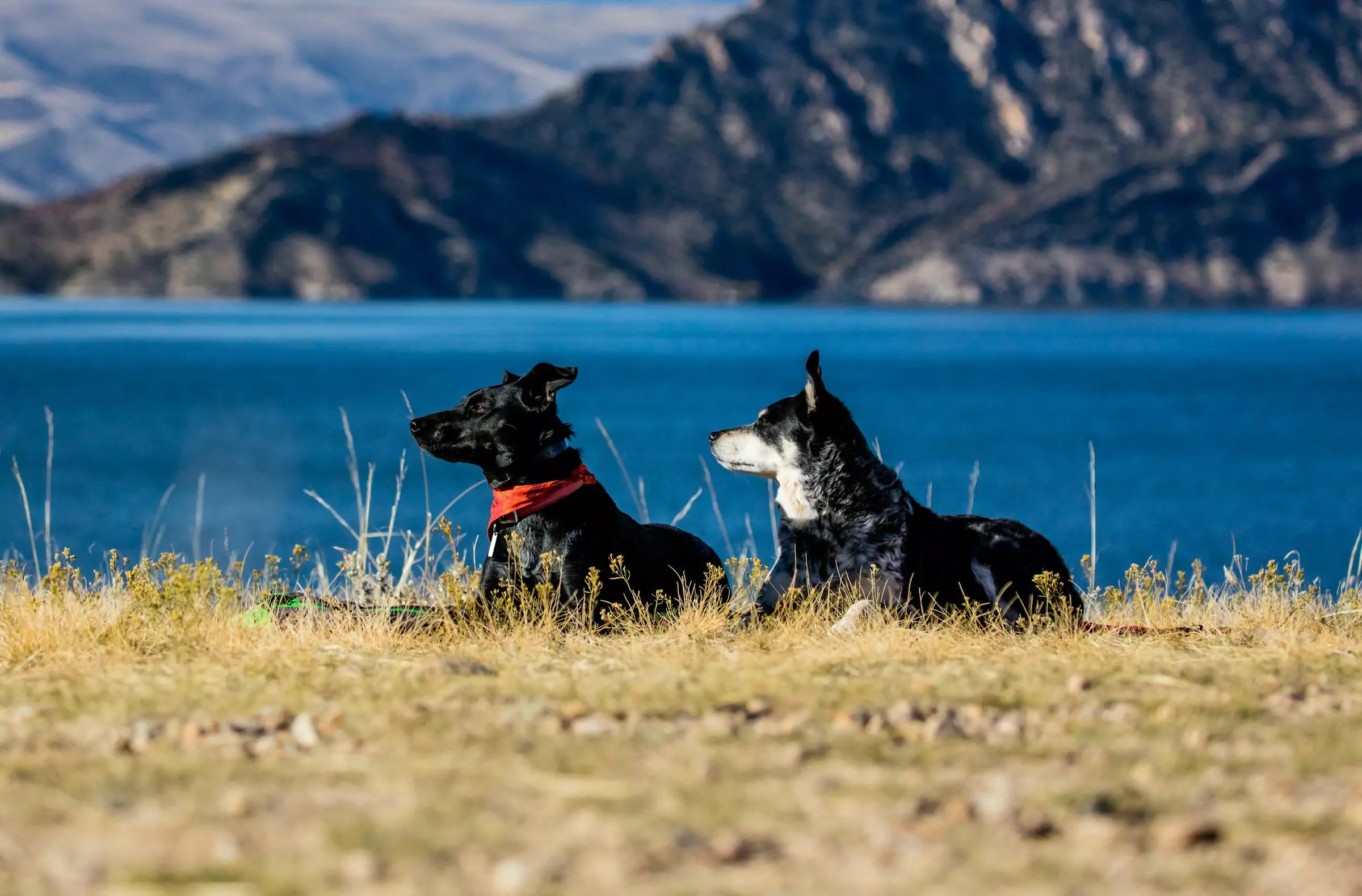

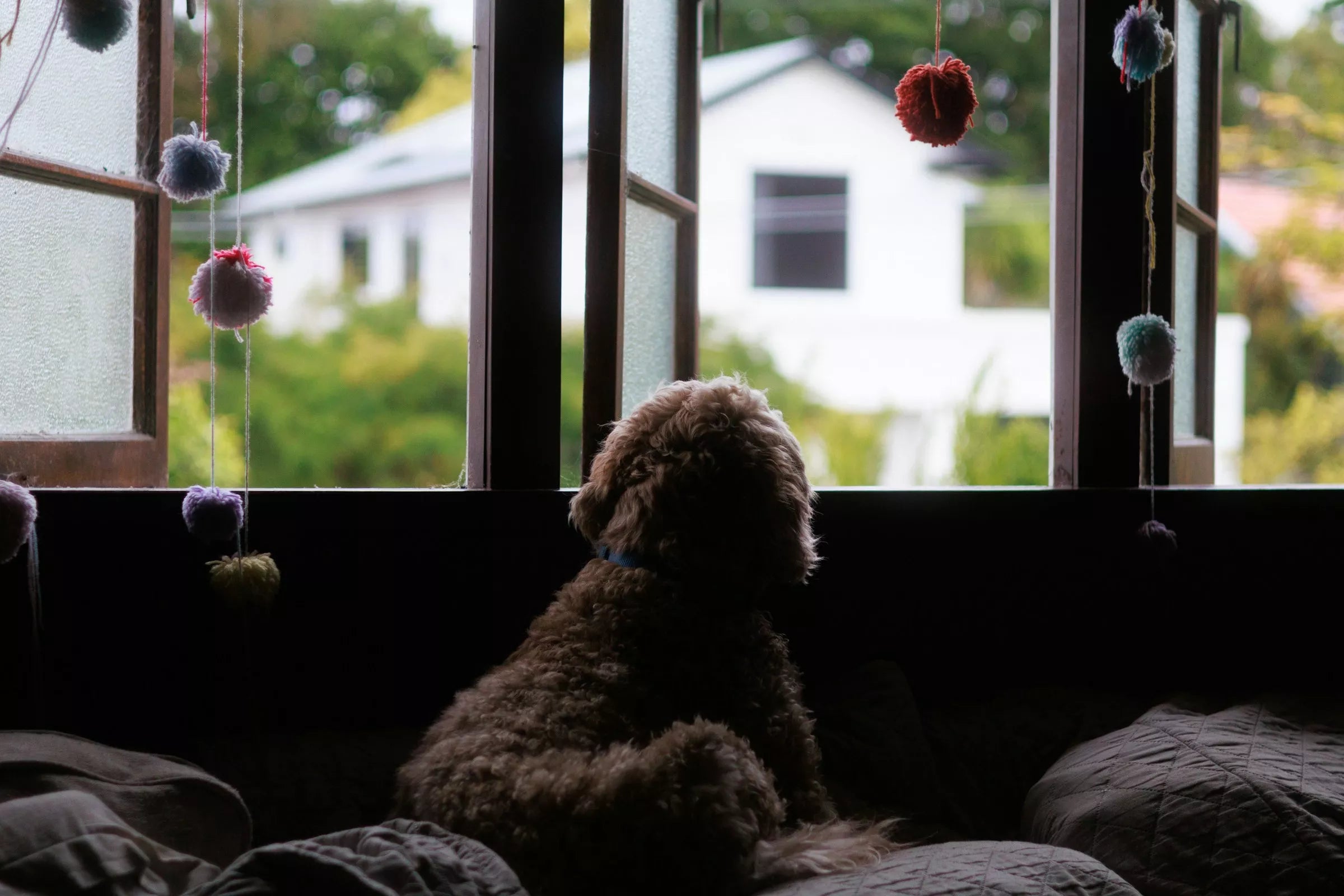
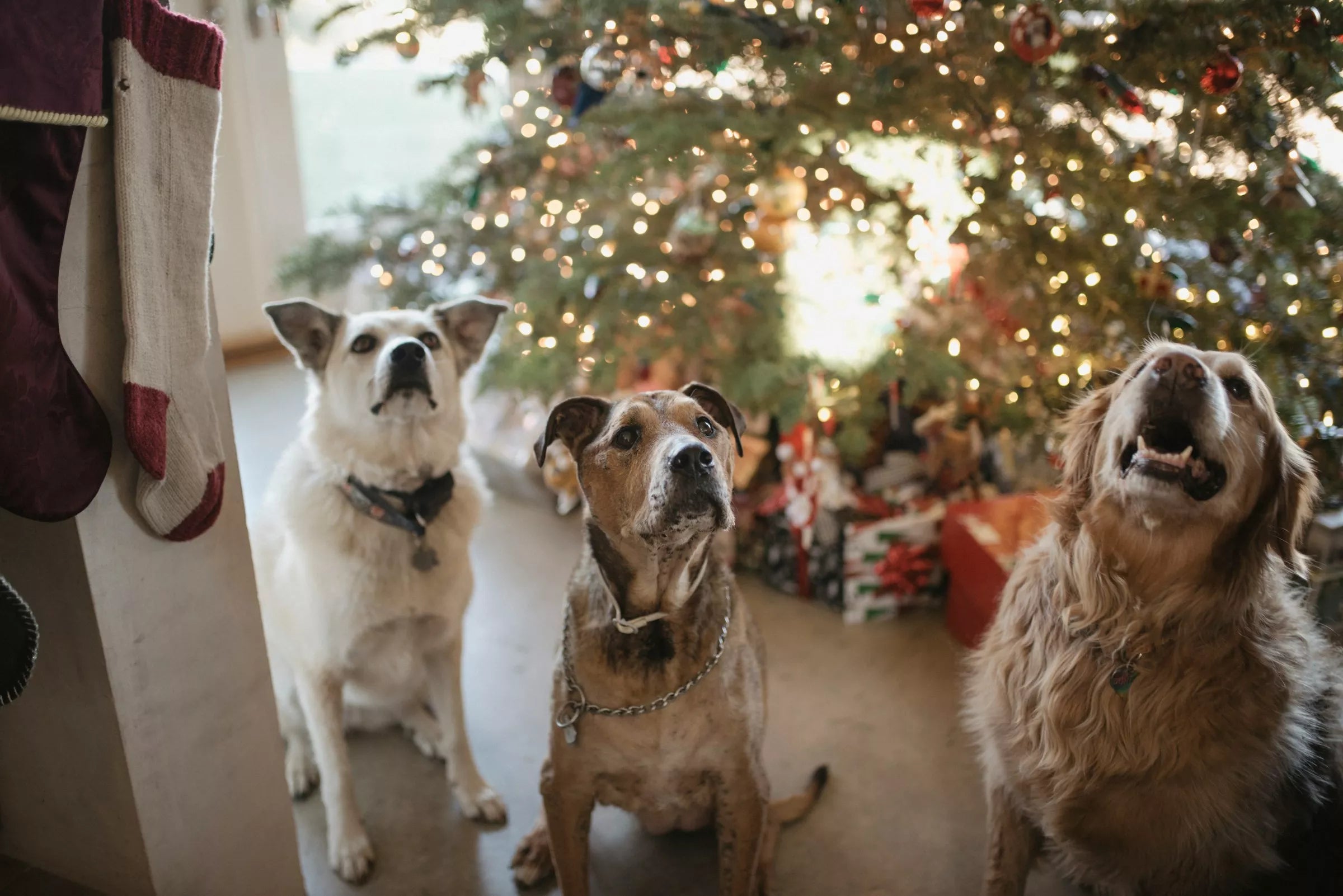
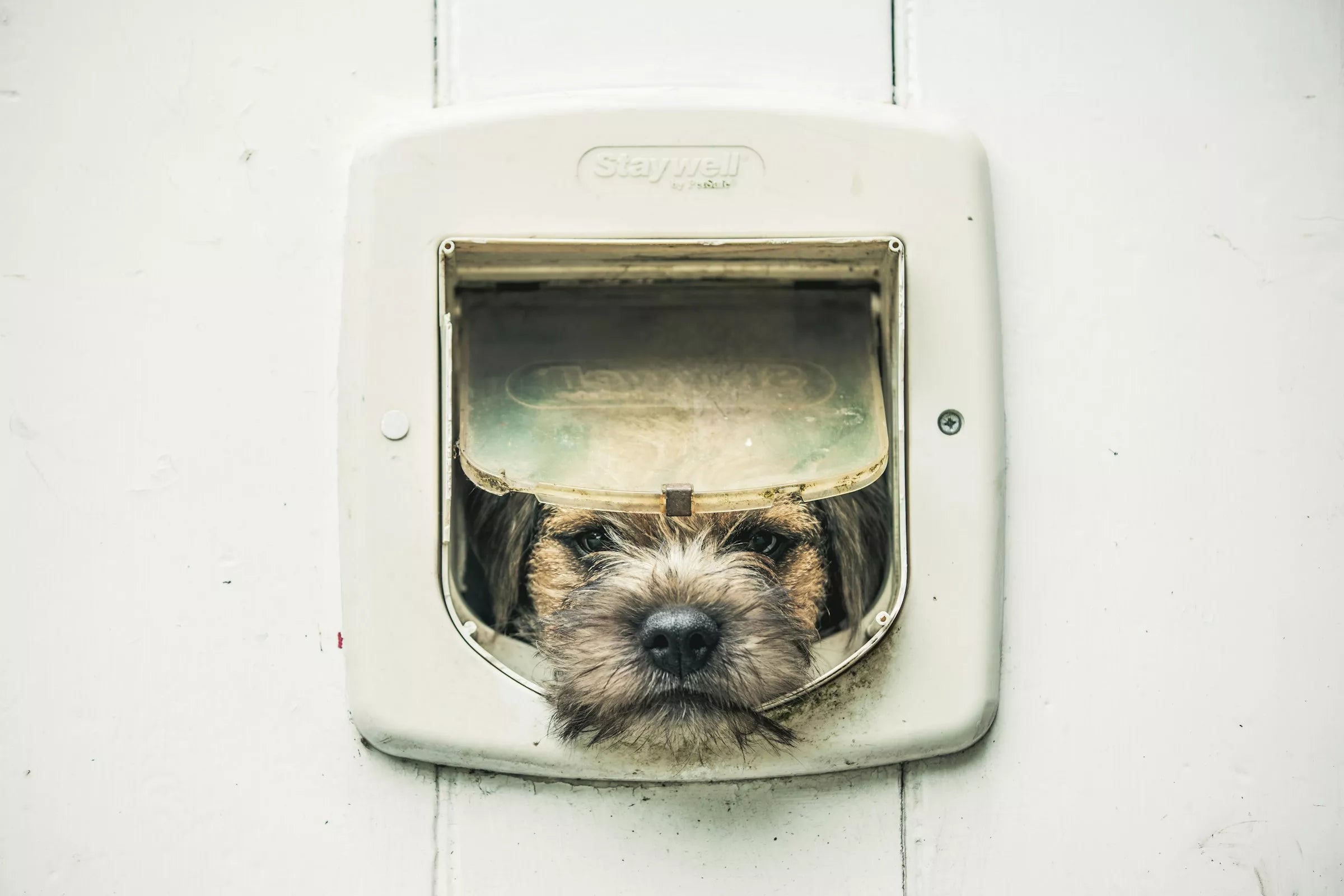
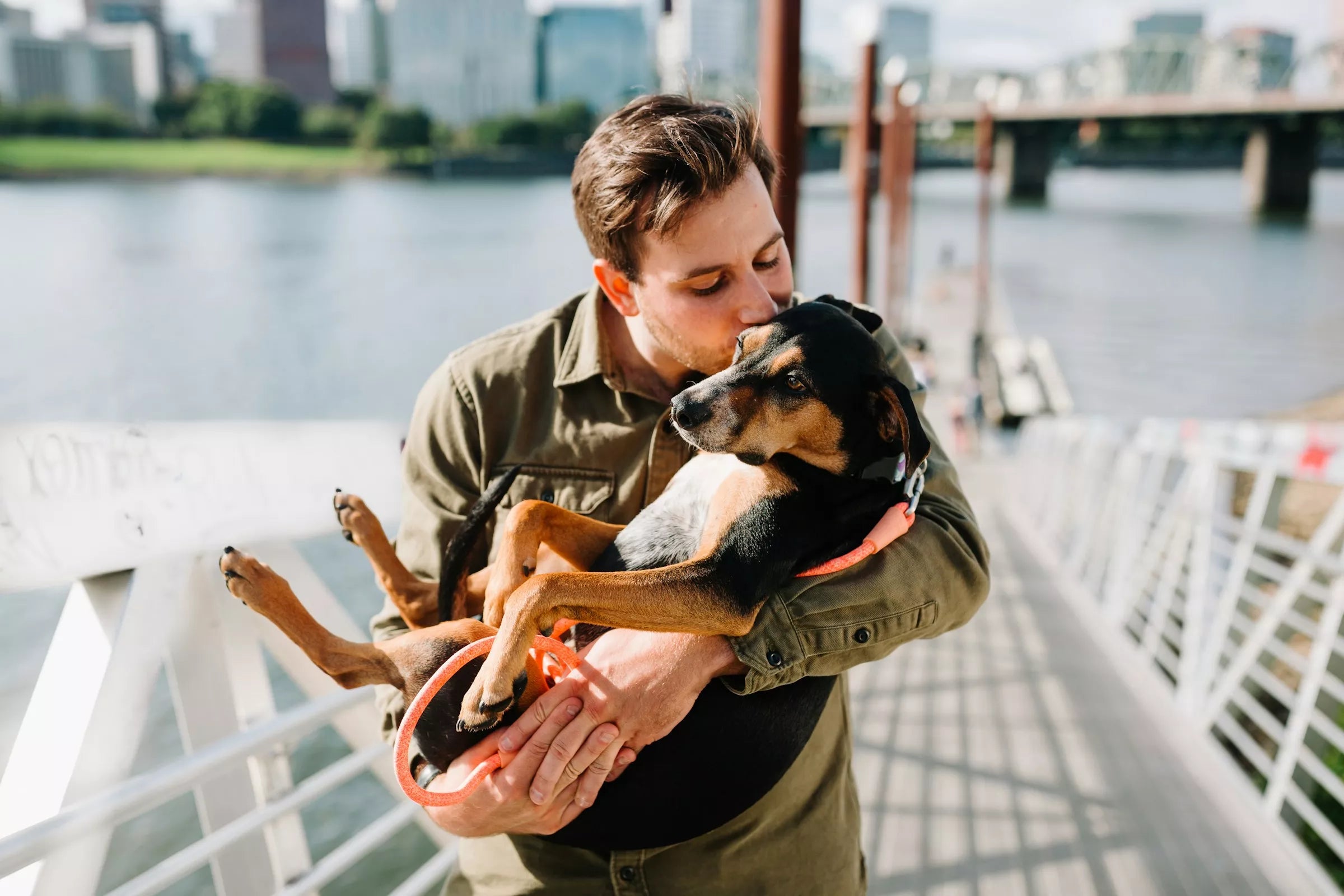







Share:
What are the Best Supplements for Dogs?
Collar or Harness: Which Is Best for Your Dog?